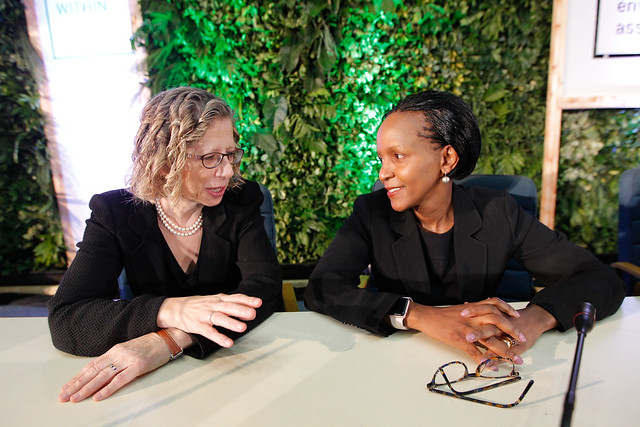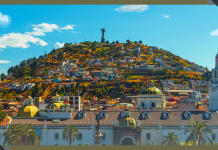Written by: Kimberly White
The United Nations Environment Programme (UNEP) has announced that Inger Andersen has officially begun her new role as Executive Director of UNEP. The former Director-General of the International Union for the Conservation of Nature was nominated for the position in February following the resignation of Erik Solheim in November.
Overseeing UNEP after Solheim’s resignation was Acting Executive Director and Assistant Secretary-General, Joyce Msuya.
“I am proud and excited to begin work at the UN Environment Programme in beautiful Kenya at a critical time for humanity,” said Ms. Andersen. “Good environmental stewardship has never been more important. Climate change, biodiversity loss and pollution in all its forms pose a clear and present danger to human and planetary health, and to prosperity,” said Andersen. “But I would not be in this job if I did not have hope. From environmental and scientific assessments we know that it is entirely possible for humanity to fix the problems we have caused. Now, more than ever, the will to act is in place. We see this clearly in the increased ambition of governments, stronger private sector engagement and, of course, the unstoppable rise of global movements led by young people crying out for change.”
Andersen has more than 30 years of experience in international development, policy-making, environmental sustainability, and economics. She joined the IUCN as Director General in 2015. Prior to her role at the IUCN, Andersen served as the Vice President of the Middle East and North Africa region at the World Bank where she led strategy and policy for the region.
Following her time at the World Bank, Andersen spent 15 years at the United Nations working on drought and desertification issues. She was later appointed as the United Nations Development Programme’s Water and Environment Coordinator for the Arab Region.
Andersen left her post at the IUCN on May 31st. Dr. Grethel Aguilar has taken over as Acting Director-General of the IUCN
Header Image Credit: UN Environment/Flickr (CC BY-NC-SA 2.0)







